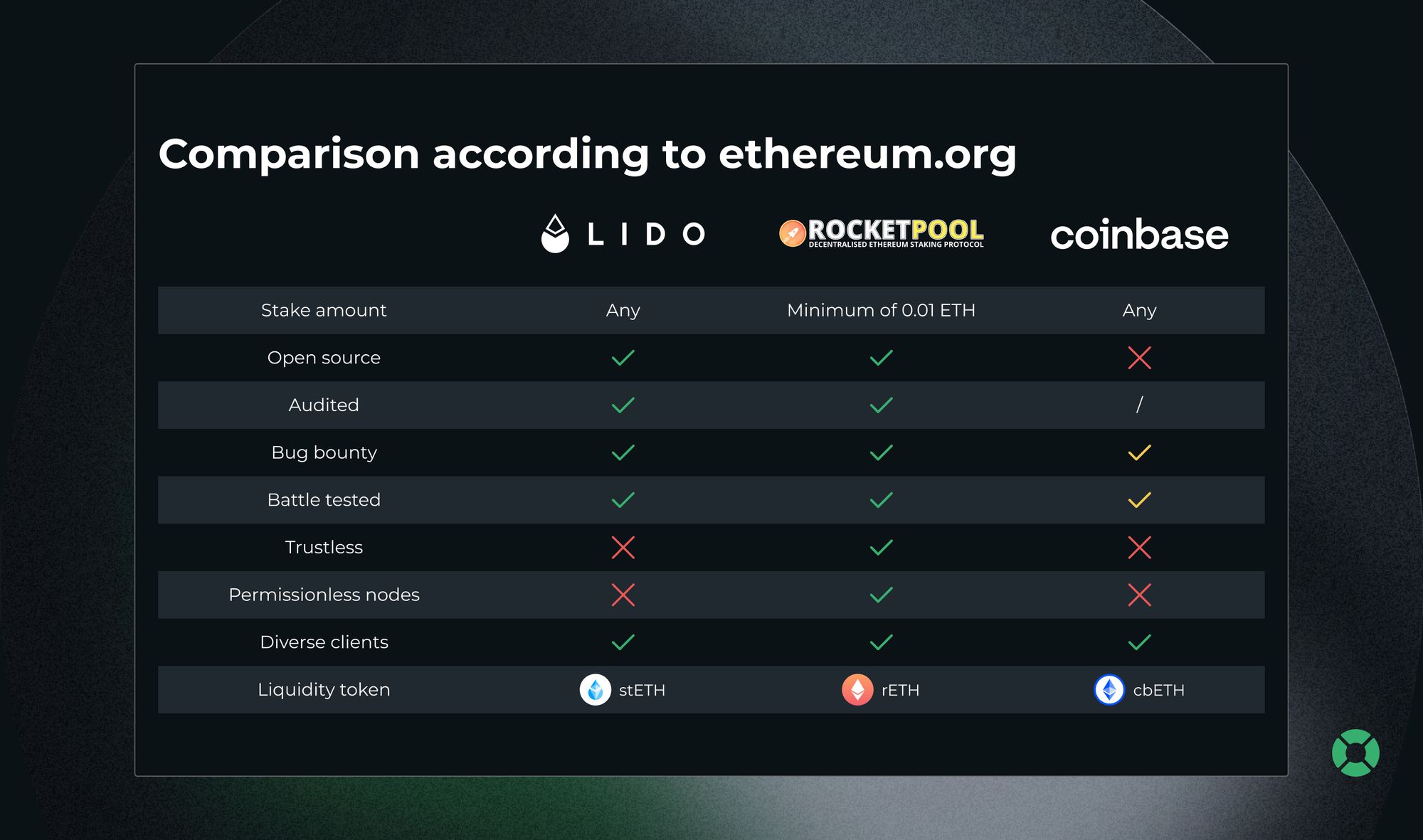
The U. S. Securities and Exchange Commission (SEC) just dropped a bombshell for DeFi investors: as of August 5,2025, certain liquid staking tokens (LSTs) are officially not considered securities. For anyone yield stacking or strategizing around liquid staking, this ruling is a game-changer. It’s not just regulatory jargon – it’s a green light for more innovation, new products, and greater peace of mind for everyone from solo stakers to institutional whales.

Why the SEC Ruling Matters: The LST Compliance Breakthrough
For years, the crypto community has debated whether liquid staking tokens fall under securities law. The SEC’s latest statement cuts through the noise: staking receipt tokens (SRTs), which you receive when you stake assets through a protocol, are not securities if the provider’s role remains purely administrative. That means no discretionary decision-making or reward guarantees from the provider – just straightforward record-keeping and distribution.
This clarity is huge for DeFi platforms and investors alike. No more waiting on edge for enforcement actions or ambiguous statements. Instead, we have a clear framework that separates compliant LSTs from those that might still trigger regulatory scrutiny.
What This Unlocks for DeFi Investors
The implications ripple across every corner of decentralized finance:
Top 5 Benefits of LSTs Not Being Securities
-

1. Greater Regulatory Clarity: The SEC’s statement removes ambiguity for DeFi investors by confirming that Liquid Staking Tokens (LSTs) are not securities under specific conditions. This clarity helps investors participate in liquid staking with increased confidence, knowing they are not inadvertently violating securities laws.
-

2. Enhanced Access to DeFi Opportunities: With LSTs not classified as securities, investors can freely use tokens like Lido’s stETH and Rocket Pool’s rETH across DeFi protocols for lending, borrowing, and yield farming—without facing the compliance hurdles that come with securities.
-

3. Increased Liquidity and Flexibility: LSTs allow users to stake assets and simultaneously unlock liquidity. Investors can trade, swap, or use their staking receipt tokens (SRTs) in other DeFi applications, making their capital work harder while still earning staking rewards.
-

4. Lower Barriers to Entry for New Platforms: The SEC’s stance encourages more platforms—like Coinbase’s cbETH and Frax’s sfrxETH—to offer liquid staking services without the burden of securities registration, fostering innovation and expanding choices for investors.
-

5. Broader Institutional Participation: Regulatory certainty attracts institutional players who previously hesitated due to compliance risks. Now, major institutions can more confidently enter the DeFi space via liquid staking, potentially increasing overall market liquidity and stability.
Regulatory clarity means protocols can innovate without fear of sudden shutdowns or lawsuits. Enhanced liquidity lets you earn staking rewards while deploying your SRTs across lending, yield farming, or collateralized trading strategies. And with more platforms likely to enter the market thanks to this guidance, competition will heat up – driving better rates and features for everyone.
The SEC’s Reasoning: Howey Test and Administrative Roles Explained
The heart of the SEC’s logic comes down to the famous Howey Test – does an activity involve an investment contract based on others’ entrepreneurial efforts? In their view, as long as liquid staking providers stick to administrative duties (think: tracking deposits, distributing rewards), there’s no investment contract at play. No promises of profit from managerial skill; no discretionary moves behind the scenes; just transparent execution.
This isn’t just legalese – it sets a boundary that platforms can build around with confidence. But there’s an important caveat: if any provider starts adding bells and whistles beyond pure administration (like managing underlying assets in creative ways or promising fixed returns), they could still fall under securities law scrutiny.
Navigating Caveats and Staying Compliant
This isn’t carte blanche to YOLO into every liquid staking protocol out there. The SEC has made it clear their guidance applies only where providers keep things simple and administrative. If you’re considering new platforms or innovative LST products, check their structure carefully before diving in.
For DeFi investors, that means due diligence is more important than ever. Look for providers whose roles are strictly ministerial: they should not be actively managing validator strategies, reallocating staked assets, or offering any kind of reward guarantee. If you see language about “managed staking” or “performance optimization by the team, ” take a step back and scrutinize the offering. The line between compliant and non-compliant can be razor thin.
Another major consideration is jurisdiction. While the SEC’s ruling is a massive win for U. S. -based protocols and users, global investors should remember that other countries may still treat liquid staking tokens differently. Always check local regulations before assuming your favorite LST is in the clear.
What’s Next? The Future of LST DeFi Strategies
This regulatory clarity is already fueling a new wave of innovation in yield stacking and DeFi composability. Expect to see more protocols integrating SRTs as collateral, expanding lending markets, and building advanced yield optimization vaults tailored to liquid stakers. With the compliance fog lifting, institutional players are also eyeing this space, potentially bringing deeper liquidity and more sophisticated products to all users.
But don’t get complacent: as LSTs become the backbone of DeFi yield strategies, smart contract risk, validator performance, and protocol governance remain critical factors. Diversification across trusted providers and regular monitoring of protocol updates will keep your stack safer as the market evolves.
Checklist: Staying Legal and Secure With Liquid Staking
Ultimately, this SEC liquid staking ruling signals a new era for compliant yield stacking in DeFi, but it’s up to investors to use this clarity wisely. Build your strategy around protocols that embrace transparency and simplicity in their SRT design. Stay agile as new products emerge; the next big yield opportunity could be just around the corner.
Momentum is your friend; discipline is your anchor.







